If you own or plan to own a Toyota 4runner, MPG is likely not the first thing on your mind. That doesn’t mean we can’t do our best to improve it though. So here are some tips on how to get the best fuel economy in your 4runner.
While the 4runner isn’t quite as box-like as the Jeep Wrangler or Hummer, it definitely isn’t aerodynamic either. It’s tall, wide, and basically the opposite of sleek. In the case of the 4th generation 4runner, the fuel economy straight from the factory is already not great:
V6 models: 16 city 21 highway 18 combined
V8 models: 15 city 19 highway 17 combined
I know that fuel economy isn’t the most important thing when it comes to an off road SUV. When you’re daily driving it or racking up miles on long adventures though, every little bit counts. As thirsty as the 4runner is, it can easily get a lot worse if you aren’t following the tips in this post.
How can I get better gas mileage in my 4runner?
You can maximize your fuel economy by making a few modifications, avoiding others, and changing the way that you drive. This isn’t going to magically transform your 4runner into a Prius, but it will make sure you’re at least hitting the EPA ratings, if not exceeding them. Combining all of these tips can absolutely make a difference at the pump.
Avoid unnecessary off road modifications
4runners look awesome when they’re outfitted with all kinds of off road gear. The thing is, if you aren’t going on adventures and expeditions regularly – these things can cause you more harm than good.
Large all terrain or mud tires
We all love beefy tires. There’s no denying that they come with a trade-off though – a hit to your 4runner’s MPG. Big tires likely have the biggest negative effect on your fuel economy. Off road tires in general tend to be heavier and their aggressive tread designs don’t roll on the pavement as easily as street tires do. And that’s comparing them in the stock size.
Switching to a larger size tire is going to multiply those losses in a big way. They’re even heavier and harder to get moving. Any time your engine has to work harder to do something, you’re going to see a decline in MPG.
On my personal 4runner, I lost around 3 MPG by switching to 285/70/17 tires. If you have to upgrade to larger off road tires, consider running a “Pizza Cutter” size. Pizza Cutter tires are tall but skinny, just like the wheel of you guessed it – a pizza cutter.
While you’ll still be losing efficiency due to their added height, the fact that they’re narrow will help to limit the losses. You might also want to stick with an all terrain tire as they tend to be a bit lighter than mud tires.
Regular passenger tires in the OEM size are always going to be the most efficient option. So if your 4runner’s fuel economy is important to you and you aren’t doing much off roading, you might want to consider sticking with them.
Lift kits
The impact a lift has on your fuel economy isn’t as big as many people believe. When it comes to the 4runner, we don’t really have much to lose.
It already sits up high off the ground with the suspension hanging out in the open. It isn’t very efficient to begin with so changing this by a couple of inches really isn’t going to make much of a difference. But technically, it can still decrease your fuel economy and when combined with other factors, might still be worth paying attention to.
A good rule of thumb is to only lift your rig as high as you need to be able to clear your desired tire size. If you don’t have to jack your 4runner up 6″ to fit your tires, don’t. A lower center of gravity is better for both on and off road performance anyways so leave the huge lift kits for the SEMA trucks.
Roof racks
Speaking of aerodynamics, this is one that actually will make a big difference. Adding a bulky roof rack to the top of your 4runner might be practical for storage, but it has the potential to really hurt your fuel economy. Once you attach things like tools, jerry cans, or a spare tire, your rig will be fighting to slice through the air.
Rooftop tents are becoming very popular in the overlanding community and for good reason. They’re a great way to quickly turn your 4runner into a mobile campsite. But that tent is going to act like a parachute on top of your roof and will try to drag you down as soon as you hit the highway.
You might want to consider sleeping in a tent or inside your 4runner if MPGs are important to you on your trips. It might not look as cool in your Instagram pics, but your wallet will thank you.
Body armor
Added weight of any type can hurt your fuel economy. When you combine the weight of a big steel winch bumper, spare tire carrier, sliders, and skid plates, you can easily be adding hundreds of pounds to your 4runner.
Your engine is going to have to work harder to move all of that weight and if it’s working harder, it’s drinking more fuel. All of those accessories might look cool and do a great job of protecting your rig, but do you really need them? Consider the type of off roading you do and if you aren’t slamming into rocks regularly, you might want to avoid these.
Choose the right performance mods
Not all modifications will cause your 4runner to have bad gas mileage. Some of them can actually help quite a bit. Do your research on these though because the manufacturer’s claims aren’t always accurate.
Headers
A set of short tube headers gave my 4runner the biggest increase in MPGs. They allow the engine to exhale much more efficiently which in turn, frees up horsepower and torque. It also boosts the fuel economy too.
I gained back almost all of the 3 MPG I lost from my lift and tires by installing the Doug Thorley headers. The OEM manifolds were clearly a bottleneck when it comes to the engine’s efficiency so switching to these was really helpful. If my 4runner still had the stock tires, this would have been a substantial increase in gas mileage.
Cat back exhaust
The OEM 4runner exhaust system actually flows pretty well so don’t expect the same power and MPG gains as the headers here. The factory muffler does have some room for improvement though so upgrading to a cat back exhaust can still be beneficial.
I saw a roughly 0.5 – 1 MPG gain by switching to a Gibson exhaust system. This might not seem like much but every little bit counts. Combining it with the headers means you’ll know your 4runner is breathing as effortlessly as possible.
Intake / air filter
This one might be a bit controversial. The 4runner’s intake system pulls air from the front fender so in a way, it already has a cold air intake. Aftermarket intake manufacturers like Volant claim they’ll make noticeable increases in power and fuel economy. Whether this is true or not, I can’t say. I haven’t tested them myself yet.
The 4runner intake is designed to silence some of the engine sound though so by removing that, I could see some efficiency being gained. Switching to a better air filter like a K&N drop in and removing the hydrocarbon filter can be helpful.
Stay on top of maintenance
A neglected vehicle is not going to run efficiently so maintenance is definitely not something to avoid. It might not be as fun to spend money on making things “the same but in better condition” rather than buying shiny performance parts. But it can make a huge difference in your MPG.
Fix any check engine lights
This should be obvious. If your vehicle is trying to tell you there is a problem, you need to pay attention. This could be a warning about a clogged catalytic converter, bad o2 sensor or maybe even a misfire. All of which can impact your fuel economy greatly. Take the time to read the diagnostic codes with a code reader or take it somewhere to have it done.
Check your air filter
We already talked about how important it is for your engine to be able to breathe efficiently, and nothing will hinder that more than a clogged, worn out air filter. These are cheap and easy to replace. If you’d rather not spend the money on upgrading your intake, at least replace your filter with a fresh one or clean it up.
Change your spark plugs
Spark plugs will typically last quite a while on the 4runner but they do need to be replaced every once in a while. If you’re unsure of when they were done last, pull one and take a look at its condition. Make sure to replace your spark plugs with the ones Toyota recommends and check to make sure the gaps are correct.
Check your alignment
You can lose a lot of fuel efficiency if your wheels are fighting against each other as you drive down the road. This doesn’t mean you have to run to a shop and pay to have an alignment done, but you should be paying close attention to how your vehicle drives.
Also, check your tires for any signs of uneven wear. If your 4runner is wandering on the highway or having trouble tracking straight, you might want to have your alignment checked.
Check your tire pressure
This is one of the easiest things you can do to improve your fuel economy. A low tire is going to have a lot more rolling resistance and it’ll also cause uneven tread wear. Keep an eye on it by checking every once in a while. A cheap gauge will work just fine – make sure to go by the recommended pressure in the door jam, not the tire itself.
Fix any sticky brakes
A brake that’s constantly stuck on can destroy your fuel economy. 4runners are especially prone to this although newer model years of the 4th gen did receive an updated design. The newer brakes can still seize up too though, and mine was no exception.
Take your hands off the steering wheel and hit the brakes. If it pulls to the right or left, that can be a sign of a sticky brake caliper. Pay attention to how much your 4runner slows down when you let off the throttle as well. If it feels like you’re hitting the brakes even when you aren’t, you probably have at least one sticky caliper.
Another way to check is to carefully feel if one wheel is hotter than the others after driving. Make sure you don’t burn your hand. A brake that’s partially stuck on will create a lot of heat and can even cause the rotor to discolor or warp.
Change your fluids on schedule
Make sure to follow the proper intervals for fluid changes. This goes for engine oil, transmission fluid, as well as the fluid in your transfer case and differentials. It’s important to keep these clean so your 4runner can operate as efficiently as possible.
Optimize your driving behavior
This goes further than just getting rid of your lead foot. You need to train yourself to drive as efficiently as possible. That can mean a few things:
Hypermiling
I won’t get into all the details of hypermiling but I would highly recommend you do some research on it. Basically, it involves speeding up on sections of road where your vehicle doesn’t need to work hard (downhills) and allowing it to coast on the uphills instead of chugging up them under throttle.
Hypermiling isn’t something you want to take too far though, especially in heavy traffic. But if you’re out on the highway with no other cars around, feel free to go all in.
Find the sweet spot
There seems to be a speed “sweet spot” on the 4th gen 4runner. It might be different depending on how yours is set up but it’s usually right around 90-100 km/h. I find as soon as I climb above 100, it starts to drink fuel a lot more. So be patient and try to stick right around the sweet spot.
Plan your route with MPG in mind
Because of its bulky nature, the 4runner gets much worse fuel economy during city driving compared to the highway. So if you’re given the choice, try to take the highway as often as you can, or at least streets with higher speed limits.
Stop and go traffic is the absolute worse for a 4runner’s gas mileage. Try to avoid high traffic areas even if it means taking a slightly longer route. Any time your vehicle is able to maintain a consistent speed is going to be far better than getting caught at every red light.
The final word
Hopefully, these tips help you to get the most fuel efficiency out of your 4runner. Trying one of them on its own might not make much of a difference but combining all of them can certainly extend your fill-ups at the pump.
One final tip: make sure to hand calculate your fuel economy rather than going by the reading in the dash. The computer has been proven that it can’t be trusted many times and it also won’t take into account any changes in wheel and tire setups. So take a couple of minutes to do the math and make sure your numbers are accurate.

Tim is the creator of Canadian Gearhead. His experience with auto detailing and working for Toyota shows through all of the articles posted here. He runs the Canadian Gearhead site and YouTube channel full-time now and currently owns a 2007 4runner, 2006 Tacoma, and 1991 MR2. Read more about Tim:

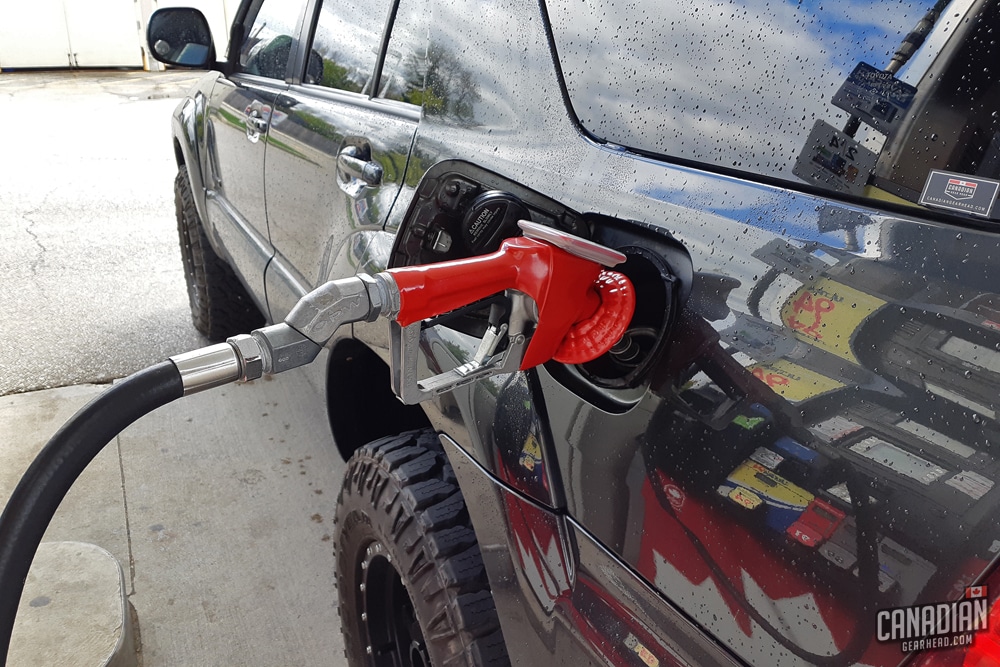

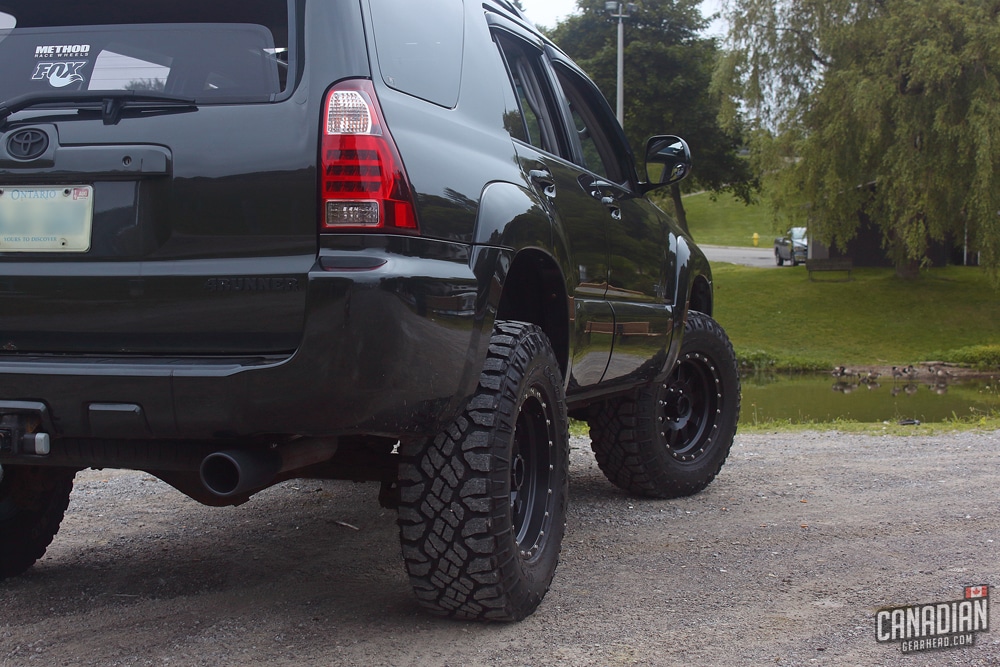
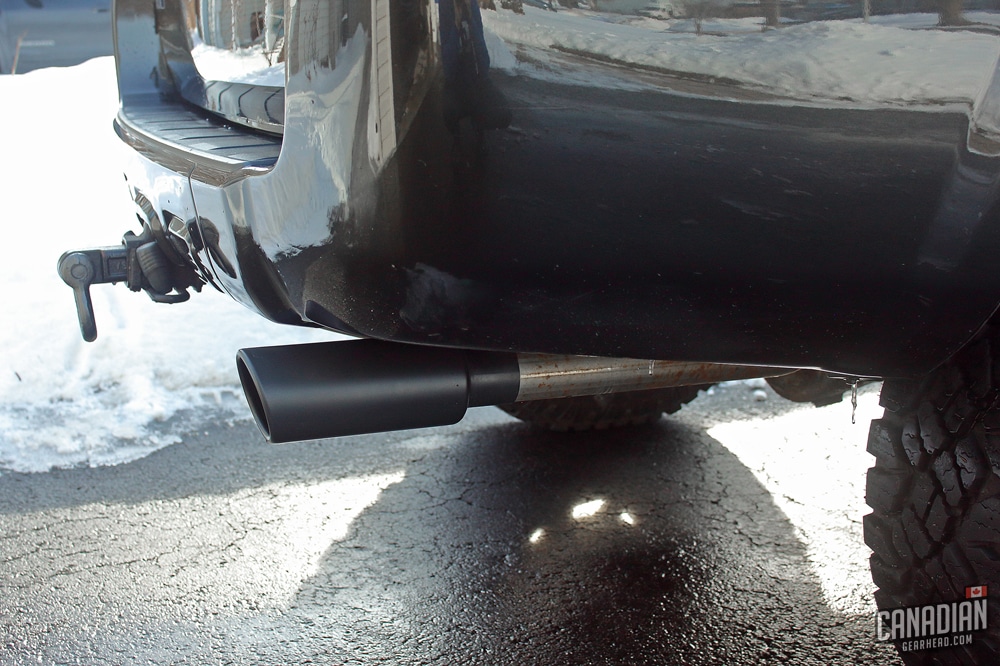
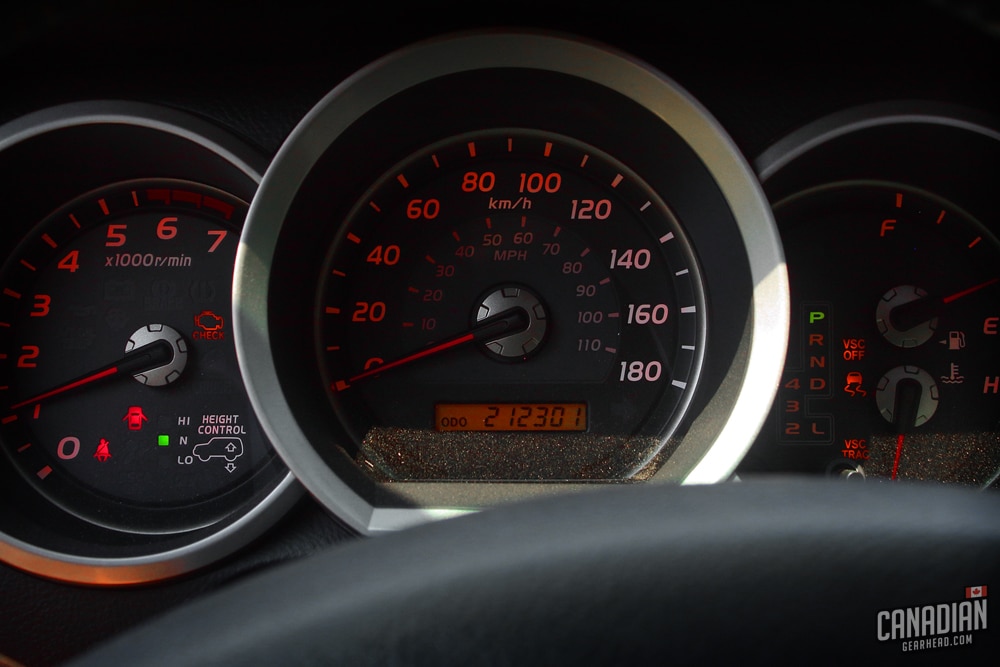
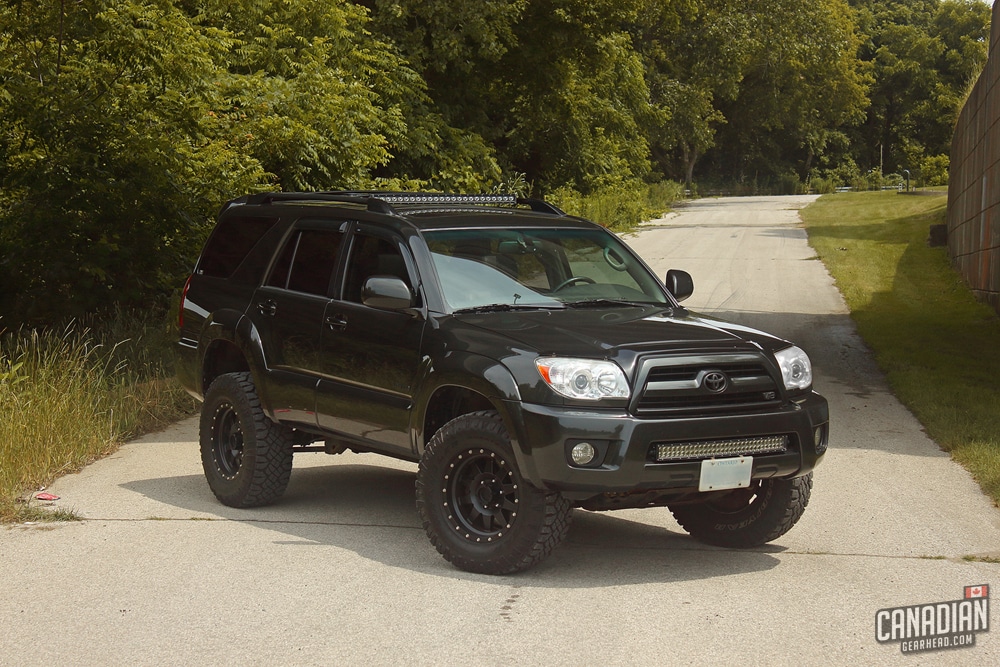



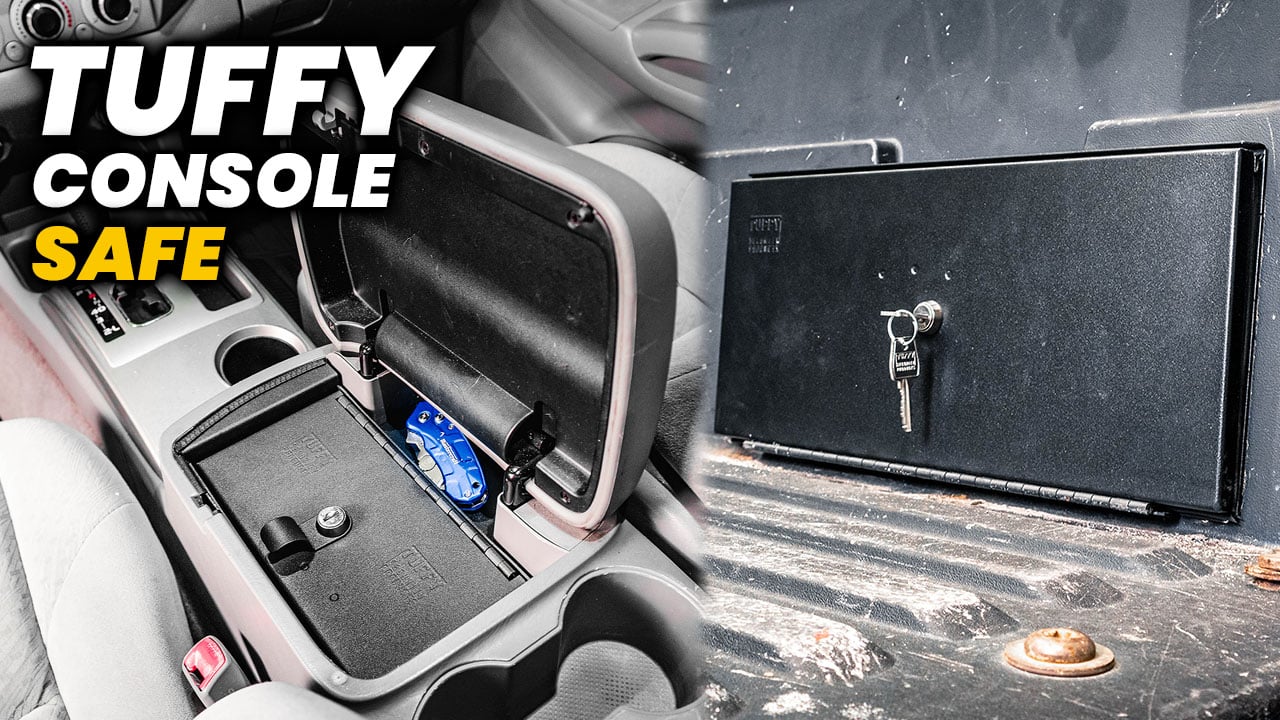
Leave a Reply